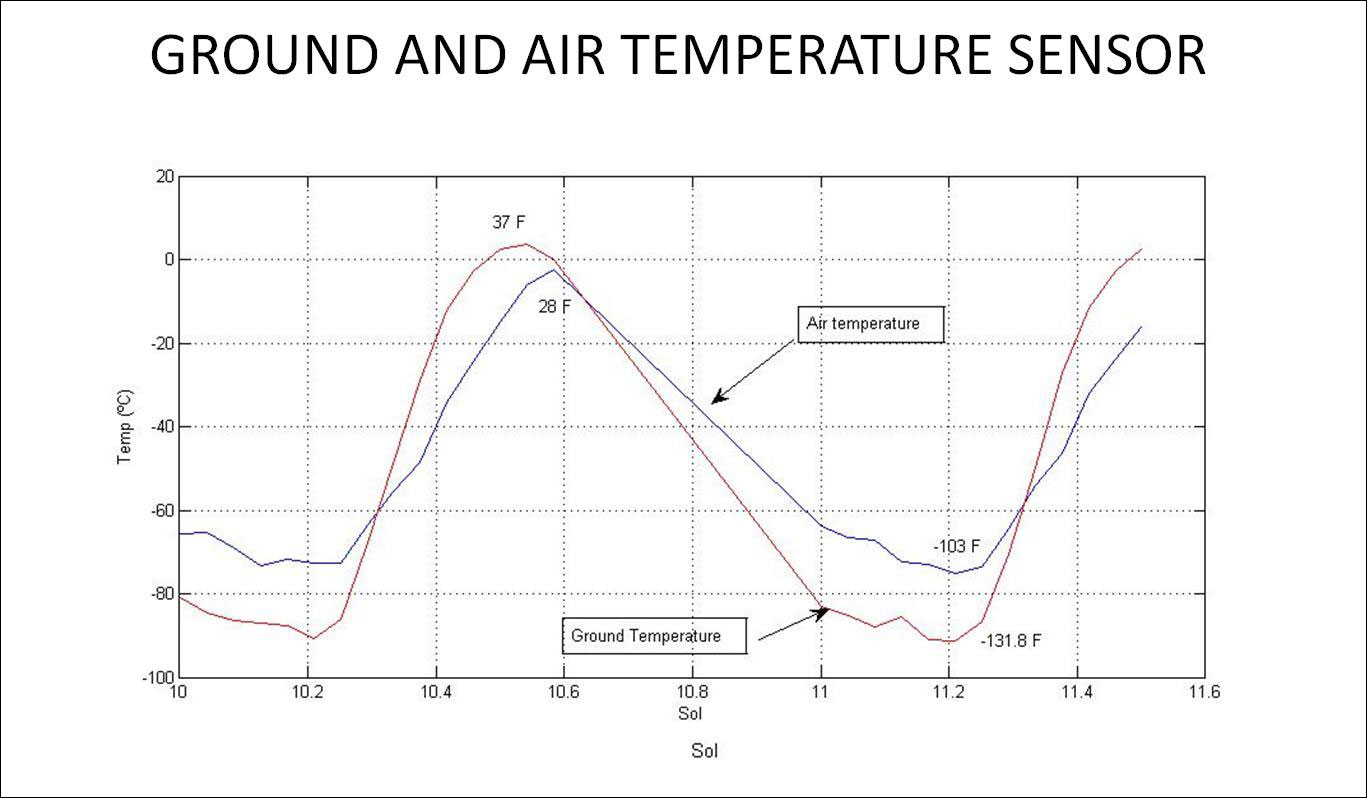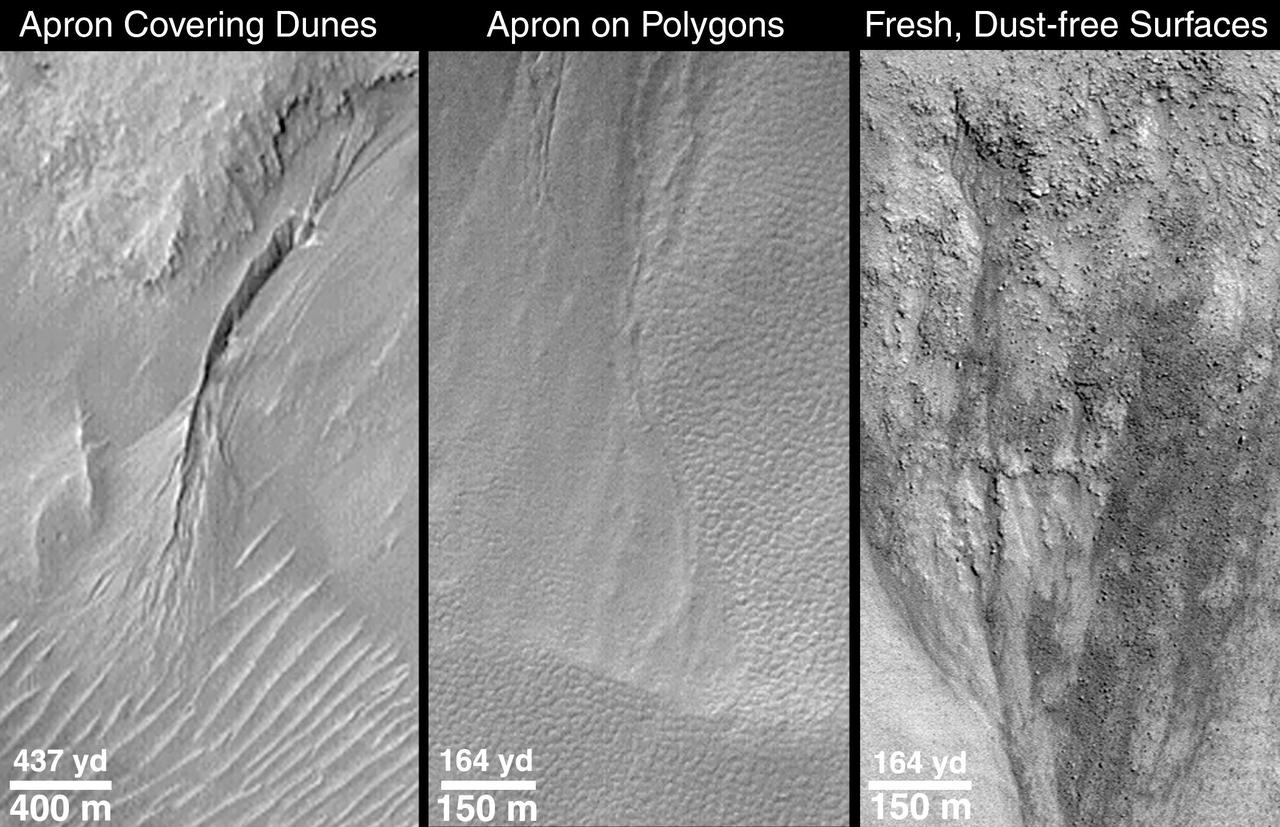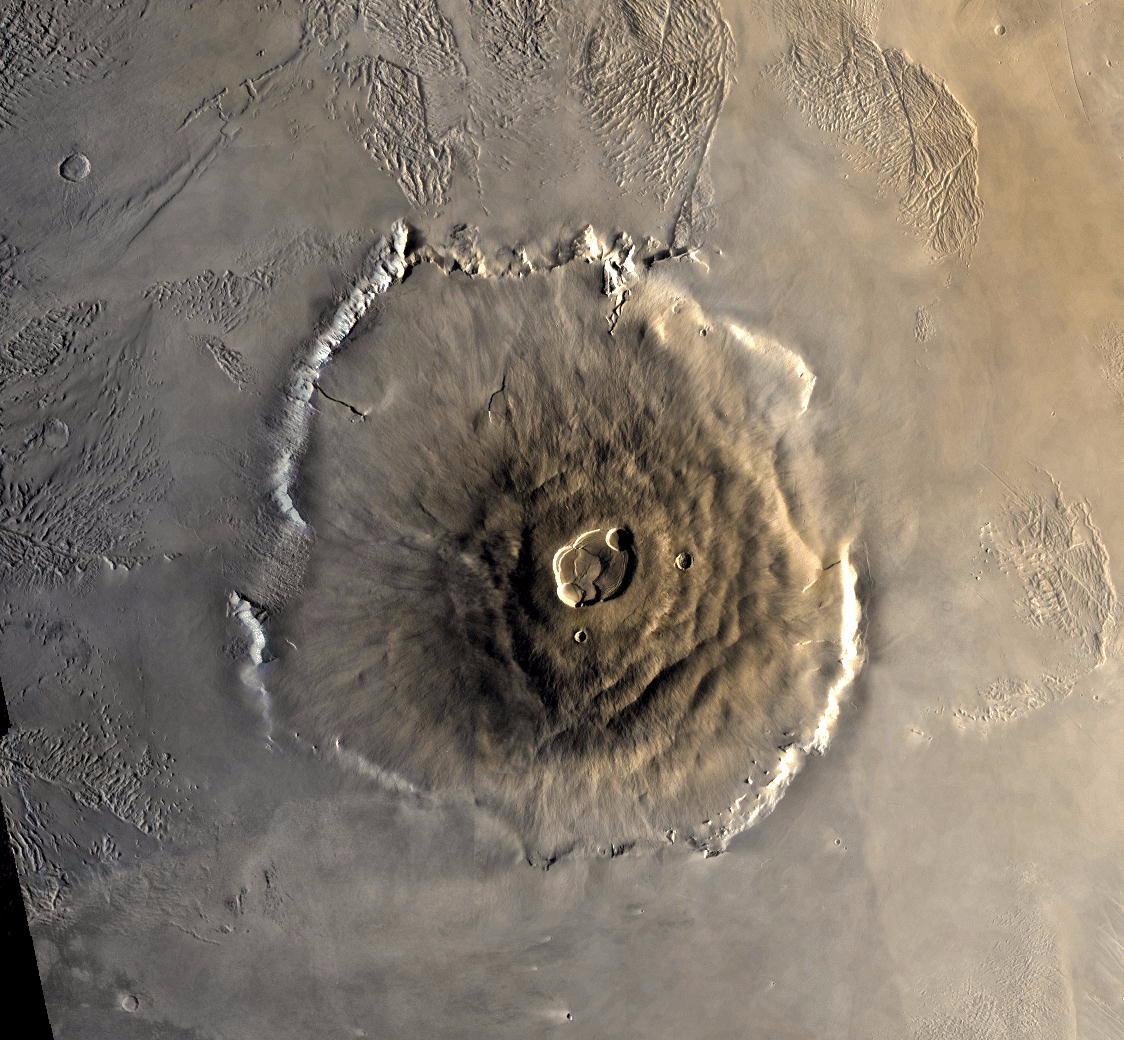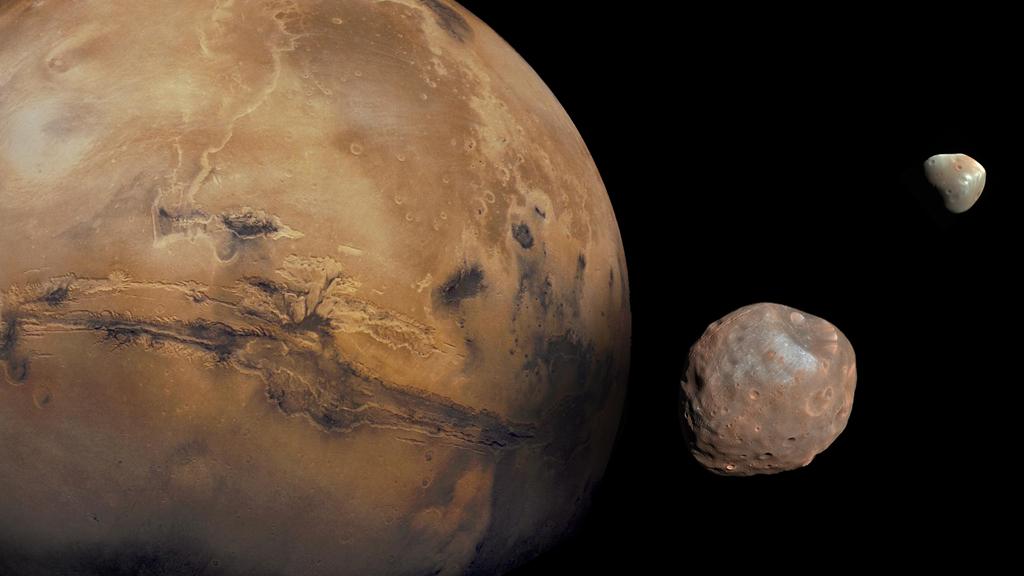The fourth rock from the Sun, Mars, is one mysterious and intriguing planet. Though it doesn’t seem like Earth’s twin at first glance, a closer look reveals some fascinating similarities as well as bizarre differences. In our list of 10 fun facts about Mars, you’ll learn that underneath its rusty, reddish exterior lies a dynamic world with massive volcanoes, epic dust storms, possible water flows, and more quirks that scientists (and robots) are still trying to unravel.
Mars continues to capture our imagination in fiction, real-life space exploration, and conspiracy theories. Get ready to discover some of the most fun, fascinating, and downright strange facts about the Red Planet in this list. From dust devil twisters to potential alien artifacts, you’ll get to know Earth’s smaller next-door planetary neighbor like never before.
#1 – Mars is slightly older than the Earth.
The Earth is old. Like, really old. 4.5 billion years old to be more exact. However, Mars was formed first, at 4.6 billion years old. Like all the other plants in our solar system, Mars was formed by leftover clouds of gas and dust from the formation of the Sun. It took shape as gravity pulled accumulating gas, dust, and rock into a molten planet over millions of years. Not all the planets formed at the exact same time and Mars came slightly before Earth. Scientists have been able to determine this by studying the chemical composition and geological features of rocks and meteorites.
Another way to determine the age of Mars involves analyzing certain radioactive isotopes in Martian meteorites found on Earth. The rate of decay of these isotopes gives an estimate of when the rocks originally formed.

#2 – There have been 15 robotic missions to the surface of Mars.
Humans have an insatiable appetite for information about Mars. Unfortunately, Mars cannot sustain human life so in our place we have sent robots to explore and uncover the red planet’s hidden secrets. So far, there have been 15 missions to Mars from four different countries on Earth:
- Mars 3 (USSR) – 1971
- Viking 1 (USA) – 1976
- Viking 2 (USA) – 1976
- Mars Pathfinder (USA) – 1997
- Mars Polar Lander (USA) – 1999 (failed on impact)
- Beagle 2 (ESA/UK) – 2003 (failed on landing)
- Spirit (USA) – 2004
- Opportunity (USA) – 2004
- Phoenix (USA) – 2008
- Curiosity (USA) – 2012
- InSight (USA) – 2018
- Schiaparelli EDM (ESA/Russia) – 2016 (crashed on the surface)
- Mars 2020 Perseverance Rover (USA) – 2021
- Mars 2020 Ingenuity Helicopter (USA) – 2021
- Zhurong (China) – 2021
The most recent successful attempts to land on Mars have been the Perseverance rover from the United States and the Zhurong rover from China. The Perseverance Rover, which also carried the Ingenuity helicopter, has been on Mars since February 2021 and was sent to explore the Jezero crater to look for signs of rocks shaped by wind and water.
The Chinese Zhurong rover explored the surface of Mars for 358 days but has since been in a longer-than-expected hibernation after entering a planned sleep mode in May 2022. It’s quite possible the rover will not wake up as dust and sand buildup have likely rendered it dormant.

#3 – There appears to be a humanoid face on Mars.
Do you ever feel like you’re being watched? You’re not alone. On the surface of Mars, there’s a rock formation in the Cydonia region that vaguely resembles a human face when viewed at a certain angle.
The first images of this so-called Man on Mars were shown to the world in 1978 when Viking 1 did a fly-by of the rusty planet. It was a low-resolution image but you could still make out a humanoid face with eyes, nose, and mouth. Many people speculated that it could be an artificial structure built by an alien civilization.
However, a much clearer picture emerged in 1998 and 2001 as the Mars Global Surveyor beamed back high-resolution images. And yep, it appears to just be a mesa – in other words, a natural rock formation created by erosion. Sorry, ancient alien conspiracy theorists!

#4 – Mars has only 1% of the atmospheric pressure felt on Earth.
Atmospheric pressure is the pressure exerted by the weight of the air in an atmosphere. Air has both mass and weight, kind of like a big, heavy cloud and the more and the more of it that sits above ground, the more it presses down. Mars has a fragile atmosphere, so the air weighs less. It exerts less than 1% of the atmospheric pressure felt on Earth. In short, it’s incredibly inhospitable for humans.
For a human to be on Mars, they would need a pressurized suit that mimics the pressure from Earth. Without a suit, the near-vacuum conditions on the planet would cause the gases in your blood, like nitrogen and oxygen, to rapidly bubble and completely evaporate from your bloodstream. Not a pretty sight! Death would occur within minutes from rapid heat loss, choking, and tissue damage. So basically, a horror movie.
This is why it’s such a challenge for humans to survive on Mars and remains the biggest roadblock for humans to colonize the Red Planet. Keep reading for even more fun facts about Mars.

#5 – Mars has the largest dust storms in the Solar System.
Mars is prone to massive dust storms. Really big dust storms. Dust storms that can grow as large as the biggest continents on Earth. Not only that, but the fallout from these storms can potentially engulf the entire planet for months, blocking out the sun and turning the atmosphere a brownish, reddish color.
These dust storms start when wind, typically from the southern hemisphere of the planet, lifts up the top layer of loose, fine dust and blows it into the atmosphere. These dust particles block out the sun and heat up the atmosphere which in turn accelerates the winds and perpetuates the storm’s growth. An endless cycle of dust and wind. In 2021, there was a storm on Mars so big that sunlight was blocked and the entire surface of the planet was obscured. Spacecraft and telescopes were even able to see this storm, that’s how big it was. Even after these huge storms, it can take weeks or months for the dust to settle down again.

#6 – Surface temperatures on Mars vary greatly.
The planet Mars experiences a wide range of surface temperatures due to its distance from the Sun, its thin atmosphere, and its elliptical orbit. On average, the temperature on Mars is a chilly -80°F (-60°C). Quite cold compared to Earth! Even worse, the temperate can vary between 70°F (20°C) and -225°F (-153°C). Absolutely frigid.
The reason is that Mars’ atmosphere is only 1% as dense as Earth’s, meaning that there is less insulation and heat retention. Also, Mars has a greater distance from the Sun and also has an elliptical orbit, so less solar energy gets to the planet. When learning fun facts about Mars, this is always the most surprising. Most people don’t realize how cold it is.
So while quite cold overall, the thin atmosphere, varied terrain, elliptical orbit, and day/night cycles create a wide range of temperatures across Mars’ surface. Bundle up! And don’t forget your space suit.

#7 – Gravity on Mars is only 38% of that on Earth.
Here are some more fun facts about Mars that you might not know: A 180-pound person would weigh only around 70 pounds on Mars! This weak gravity can cause some serious health challenges for humans. Bone density and muscle mass would rapidly deteriorate unless you protect against it with artificial gravity or pressurized space suits.
On the positive side, this could make human exploration a little bit easier. You could jump almost three times as high and you’d be able to lift heavy objects a lot more easily.
The weaker gravity is due to Mars having much less mass than Earth. Gravity on a planet is directly related to the mass of a planet. Thank goodness we happen to inhabit a hospitable planet otherwise, we’d be in serious trouble.

#8 – Mars appears to have liquid salty water flows.
Scientific evidence suggests that around 3 billion years ago Mars actually had flowing rivers, huge lakes, and even possibly oceans, meaning that its climate was much more wet and moist. Most of the water completely disappeared as Mars lost most of its atmosphere and its protective magnetic field.
Today, water on the planet only exists primarily as ice, either in the polar ice caps or buried deep underground on the surface. There’s also a bit of evidence that shows seasonal water flows of salty liquid on some mountainsides and slopes where it’s warmer.
Water vapor makes up only a tiny percentage of what’s left of the Martian atmosphere. But if you dig down on the surface a few meters you’ll likely find some ice. In short, understanding the history of Martian water is very important for future human travelers, and can also help scientists identify places where we might find clues about any past Martian life.

#9 – Mars is home to the biggest volcano in the Solar System.
Fun fact about Mars: it has the tallest volcano in the entire solar system, Olympus Mons, which stands 13.6 miles (22 km) tall. It measures over 310 miles ( 500 km) wide and has a volume of 2.5 million cubic km. To put that into perspective, that’s 100 times greater than Mauna Loa in Hawaii. Insanely huge. In fact, the base of the volcano is so big it would cover the entire state of Arizona.
Its great height can be attributed to Mars’ weaker gravity allowing volcanoes to grow really tall before collapsing in on itself under its own weight. We can only imagine what it must be like to stand near this towering volcano.
There are also a bunch of smaller volcanoes on Mars, too. And there’s evidence of volcanic activity in the past when there was flowing lava. Today, the volcanoes on Mars are extinct. There will be no more big eruptions on the surface. That’s probably a good thing, and we can thank the weaker gravity for that. If you’re into fun facts about Mars, this is probably the coolest one.

#10 – Fun facts about Mars: It has two moons, Phobos and Deimos.
Looking for more interesting tidbits and fun facts about Mars that you might not know? There are at least 226 confirmed moons orbiting the planets of our solar system. Earth has one: the Moon. Mars has two: Phobos and Deimos. Phobos is the larger and innermost moon. It measures about 14 miles (22 km) in diameter. Deimos is the smaller, outer moon that is more distant from Mars. It’s 7.5 miles (12 km) wife. Both have an oblong, potato-like shape. These irregular shape lead scientists to believe that they are not typical moons which formed during the creation of the planet, but are likely captured asteroids that got sucked into the gravitational pull of the planet billions of years ago.
Phobos orbits really closely to Mars at only 3,700 miles (6000 km) above the surface and goes around Mars three times in one day. It has tons of craters on its surface and a decaying orbit, meaning it will eventually crash into the surface. You wouldn’t want to be around Mars when that happens. Deimos circles Mars every 30 hours at a distance of 14,500 miles (23,500 km).
It’s possible that when humans start to colonize Mars they could use these moons as staging areas before descending to the surface of the red planet.

Fun facts about Mars: Wrap up.
Mars continues to fascinate us as we uncover more of its mysteries. From its ancient icy riverbeds to the massive size of its giant volcanoes, Mars continues to provide ample scientific discoveries and even more intriguing mysteries.
After learning about its massive dust storms that choke out the entire planet, the biggest mountain ranges in the entire solar system, and the possibility that Mars’ moons were once asteroids, it’s clear this planet still has much more to teach us. As we aim to someday colonize Mars, surprises from current and future robotic missions will open doors to understanding Mars’ past, present, and future potential to support life, human or otherwise.
Thanks for reading!


